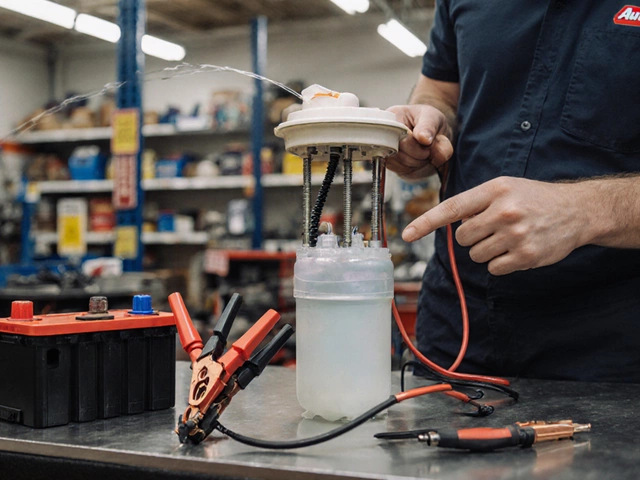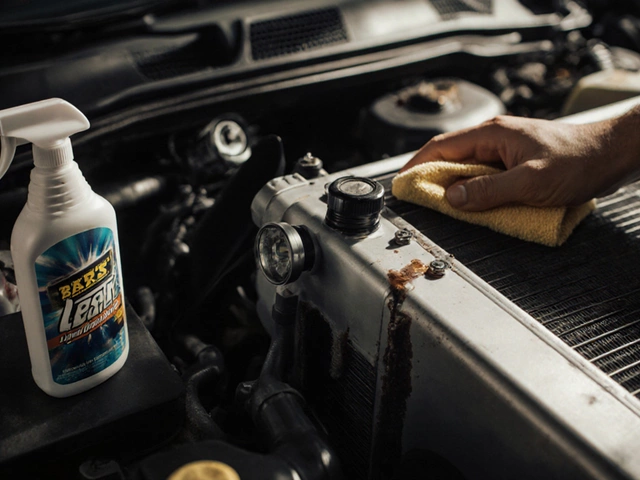Synthetic vs Conventional Oil: Choosing the Right Fuel for Your Engine
When deciding between synthetic vs conventional oil, a pair of engine lubrication options that differ in manufacturing process, molecule size, and performance characteristics, also called synthetic and mineral oil, most drivers focus on price and mileage. Engine oil, the fluid that reduces friction and carries heat away from moving parts is the medium where the choice plays out. Oil viscosity, the thickness rating that determines flow at cold start and operating temperature interacts with the oil type to affect wear protection. Understanding how these elements connect helps you set a realistic oil change interval, the schedule for draining and refilling the lubricant and avoid costly engine trouble.
Oil additives, chemicals blended into the base oil to improve cleaning, oxidation resistance, and film strength are a key differentiator. Synthetic blends typically contain higher‑quality additives that stay active longer, which means the oil can maintain its protective film under extreme heat. Conventional oils rely on older additive packages, so their performance drops faster as the oil ages. This leads to a semantic triple: synthetic oil offers better temperature stability than conventional oil. Another triple: engine oil requires proper viscosity to protect moving components. And a third: oil change interval depends on oil type and additive durability. In real‑world terms, a driver using synthetic oil may stretch the interval from 5,000 to 10,000 miles, while a conventional user might stick to 3,000‑5,000 miles to stay safe.
Practical Impacts of the Two Oils
From a day‑to‑day standpoint, synthetic oil flows more easily when the engine is cold, reducing wear during start‑up. It also resists sludge formation, which keeps passages clean and improves fuel efficiency by a few percent. Conventional oil, however, warms up quicker and can be a cheaper choice for short‑trip drivers who change oil frequently. The choice also influences warranty considerations: many manufacturers list synthetic oil as the recommended option for newer engines, but they still accept high‑quality conventional oil if the service schedule is followed. Knowing the relationship between oil type and engine design lets you match the lubricant to your car’s needs without guessing.
Below you’ll find a curated set of articles that break down these concepts even further. Whether you want a quick comparison chart, tips on reading oil labels, or a step‑by‑step guide to extending your oil life, the collection covers the full spectrum of synthetic and conventional oil questions. Dive in to get the details you need to keep your engine running smooth and avoid surprise visits to the mechanic.

Can You Skip Oil Changes? Changing Oil Once a Year with Low Mileage Explained
Learn if an annual oil change is safe for low‑mileage cars, how oil type, driving conditions, and filter replacement affect the decision, and get a step‑by‑step checklist.
CONTINUE READING








